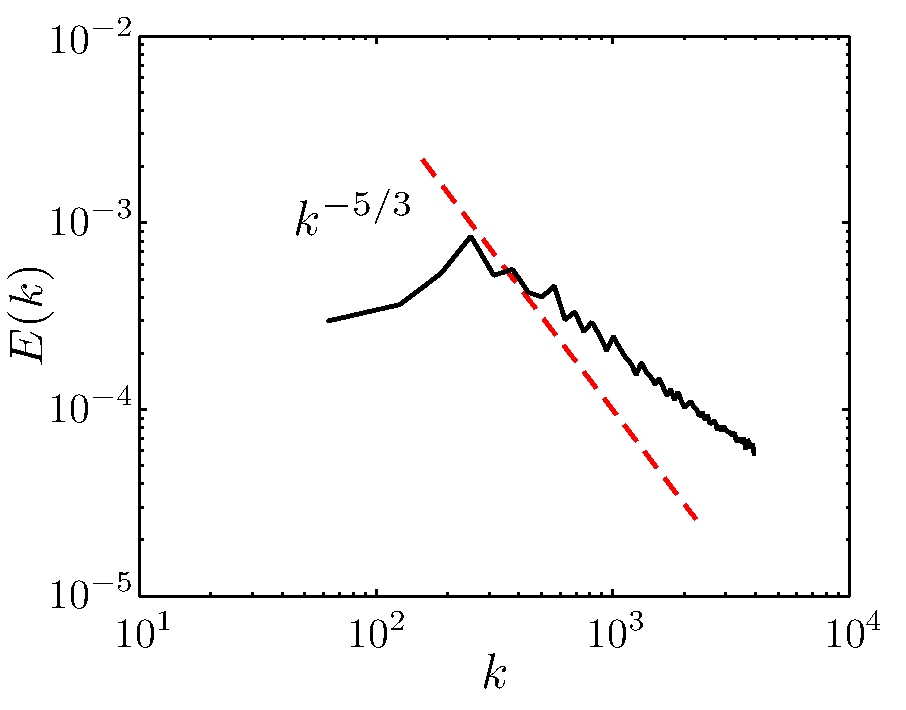| |
Quantum turbulence in trapped atomic Bose Einstein condensates
Turbulence, the complicated fluid behavior of nonlinear and statistical
nature, arises in many physical systems across various disciplines,
from tiny laboratory scales to geophysical and astrophysical ones.
The notion of turbulence in the quantum world was conceived long ago
by Onsager and Feynman, but the occurrence of turbulence in
ultracold gases has been studied in the laboratory only very recently.
Albeit new as a field, it already offers new paths and perspectives
on the problem of turbulence.
Here we review the general properties of quantum gases at
ultralow temperatures paying particular attention to vortices,
their dynamics and turbulent behavior. We review the recent advances
both from theory and experiment. We highlight the difficulties of
identifying and characterizing turbulence in gaseous Bose-Einstein
condensates compared to ordinary turbulence and turbulence in
superfluid liquid helium and spotlight future directions of research.
MC Tsatsos, PES Tavares, A Cidrim, AR Fritsch, M Caracanhas, FE dos Santos,
CF Barenghi, and VS Bagnato,
Quantum turbulence in trapped atomic Bose-Einstein condensates'
Physics Reports 622 1-52 (2016)
arXiv
article
|
|


Top: experimental absorption images of
condensates containing 1, 2, 3 and more quantum regular vortices.
Bottom: images of condensates containing turbulent vortices.
| |
Visualizing pure quantum turbulence in superfluid He3
Superfluid He3-B at very low temperatures gives insight into quantum turbulence in its most pure
and fundamental form - a tangle of vortex filaments in a fluid without viscosity which move under
the influence of each vortex on all the others (Euler dynamics) and also reconenct with each other.
At these extreme low tempertures (175 microKelvin) flow visualization is
not trivial: it is based on Andreev scattering of ballistic thermal excitations, a peculiar
scattering in which a quasiparticle is bounced off the velocity field of a quantum vortex, becoming
a quasiholes and (unlike classical reflections) going back along the same direction it arrived
(the same scattering affects incoming quasiholes).
In this work we show the relation between the vortex line density (which characterizes the intensity
of the turbulence) and the Andreev reflectance of the vortex tangle, in the first simulations
of Andreev reflections by a realistic turbulent tangle of vortices. We compare the results with
experiments, probing for the first time the turbulence on length scales smaller than the vortex
separation.
AW Baggaley, V Tsepelin, CF Barenghi, SN Fisher, GR Pickett, YA Sergeev,
and N Suramlishvili,
Visualizing Pure Quantum Turbulence in Superfluid 3He: Andreev Reflection and its Spectral Properties
Phys. Rev. Lett. 115, 015302 (2015).
arXiv
article
|
|

2D representation of the reflection coefficient of
thermal excitations incident on a turbulent tangle from one
side of the cell. The vortex lines are shown in yellow, the
regions of high/low Andreev reflectivity are in dark/light/blue.
| |



